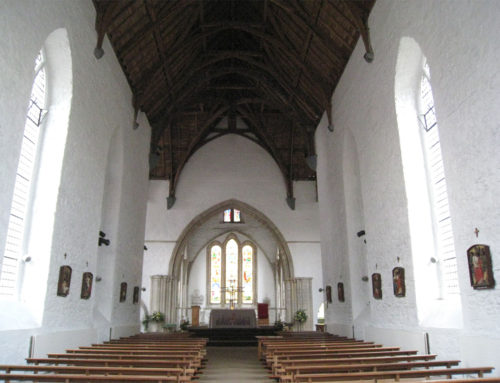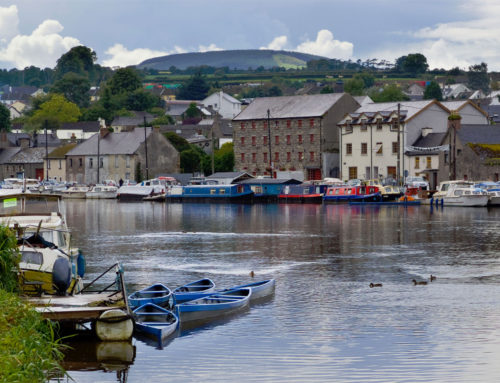St Mullins – History, Archaeology & Barrow River
St. Mullins is a scenically, charming riverside village on the banks of the River Barrow with an impressive ecclesiastical history. The area gets its name from St. Moling (614 – 696 A.D.) who established a foundation here in the seventh century. In the 8th Century manuscript, known as “The Book of Moling ”, there is a plan of the monastery, the earliest known plan of an Irish monastery, which shows four crosses inside and eight crosses outside the circular monastic wall.
Today, the remaining ecclesiastical ruins are one of the country’s most significant archaeological sites, standing in importance with Glendalough and Clonmacnoise. St. Mullins has physical remains fom many significant periods in Irish history – an early Christian monastic settlement, a Norman Motte and Bailey, a large graveyard with many insurgents from the 1798 Rebellion, 19th century flour and woollen mills and the river with its history in both fishing and canal boat transportation. Tradition states however that the history of St. Mullins goes back a great deal further with associations to Fionn Mac Cumhail. Fionn is said to have stopped here to consolidate his followers on his way north to do battle.
The former Church of Ireland Church, situated beside the renowned monastic ruins and cemetery was originally built in 1811 and now houses the St Mullins Heritage Centre. All aspects of local history including publications, church records, maps, old photographs and artefacts are housed here and provide a fascinating account of village and rural life over the centuries.



